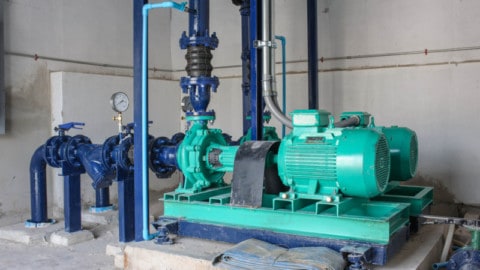The Environmental Protection Authority in WA has issued updated advice on how and when it will assess proposals that involve hydraulic fracturing for shale and tight gas.
The Environmental Protection Bulletin on Hydraulic fracturing for onshore natural gas from shale and tight rocks replaces advice issued in 2011.
Hydraulic fracturing, commonly known as fracking, is a process that uses fluids and other materials that are pumped under high pressure into gas bearing rock formations in order to open fractures or cracks to create a path for the gas to flow.
The majority of exploration work in WA is for shale and tight gas. Shale gas is found in shale formations and requires hydraulic fracturing to be extracted. Tight gas is trapped in compacted sandstone and limestone and only requires hydraulic fracturing in some circumstances to be extracted.
Dr Vogel said the updated Bulletin defined the circumstances under which the EPA would assess a proposal and also sets out the EPA’s expectations on the information required to conduct a thorough environmental impact assessment.
He said while this will not replace scoping for individual proposals, the EPA believed it was important to provide early advice to proponents considering larger scale proposals.
“There is great interest in the community about the potential environmental impacts and risks of hydraulic fracturing, the regulation of this activity and the knowledge-base of the hydrogeology of the target area,” Dr Vogel said.
“It is essential that in preparing for the potential future referral of a larger-scale trial or full production-scale proposal, that the studies undertaken and information provided to the EPA are robust and sufficiently comprehensive to enable a thorough assessment of the environmental impacts and risks.”
Dr Vogel said the bulletin only addressed hydraulic fracturing for shale and tight gas. He said the EPA would develop further guidance if hydraulic fracturing for coal seam gas was likely to be considered in WA.
















